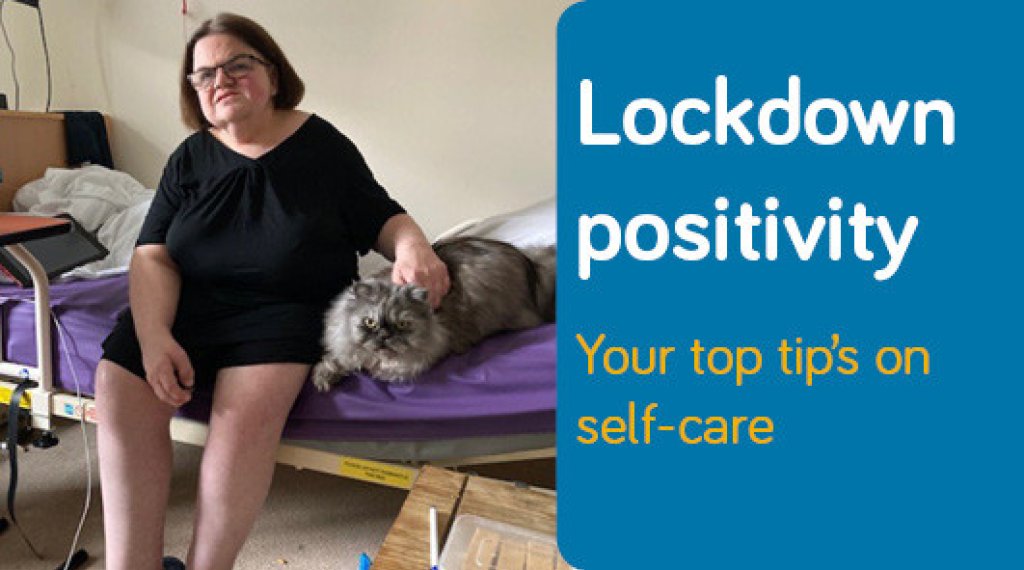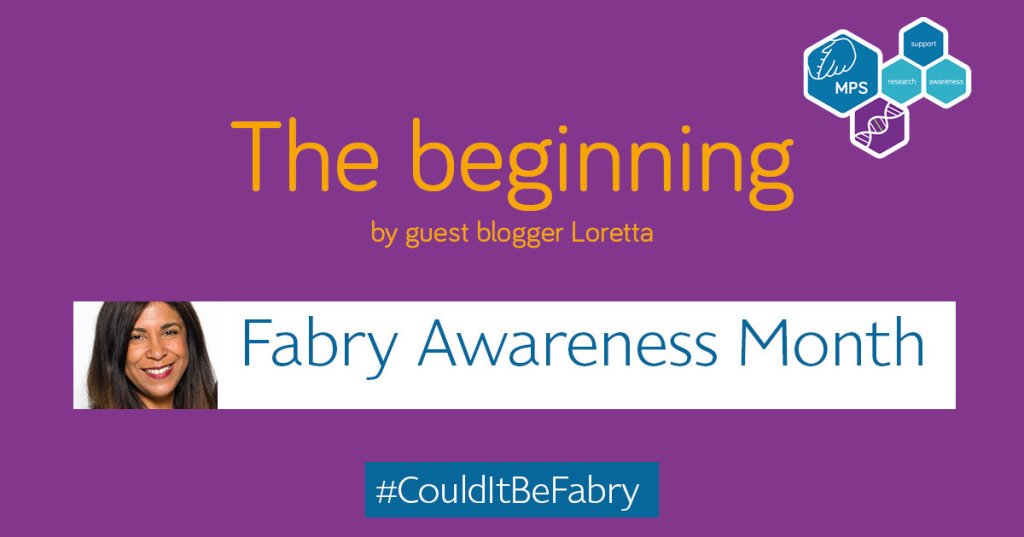This Fabry Awareness month we are featuring a series of articles titled “Could it be Fabry?” from guest blogger Loretta MacInnes, a Fabry patient who wasn’t diagnosed until she was 50 despite having symptoms since childhood.
Information contained in these articles has been collected and written by our guest blogger and does not necessarily reflect the opinions of the MPS Society or its Board of Trustees.
From the heart
Fabry Disease can affect the heart and there are specific cardiac issues that are red flags if you know what to look for.
Upon reflection, I had issues with my heart that began in my twenties. During my first pregnancy, my GP noticed a murmur and sent me to see a cardiologist at the local hospital. This cardiologist didn’t even examine me. He was dismissive and told me that I was too young to have any heart issues. I definitely would not tolerate that lack of professional care now – but at the time I accepted it. I have no idea if my ECG was abnormal at that time as I didn’t have one.
I was generally fine, except I became unable to work out for any length of time and was constantly exhausted. But I put this down to being a new mother and working long hours.
The first time I went to the hospital with chest pain my blood pressure was high and my heart rhythm a little odd, but this all settled down after a short time. I was referred for an exercise stress test. The stress test showed some abnormalities and I was referred for a cardiac angiogram. I was told I had a blockage.
I wasn’t stented as the consultant suspected this was an artery spasm. I was given the option of medication to treat this, but as it was only suspected I didn’t want to go onto a life-long medication without a confirmed diagnosis. The consultant agreed that this was sensible. I was given a blood-pressure medication by my GP and I hoped that this would prevent further issues.
Twenty years of worry and pain
I went to the hospital numerous times over the next 20 years with severe chest pains. The pain continued to worsen and lasted longer over time. I spent time in the hospital on nitrate drips which would calm my heart rate and rhythm. I had scans and monitoring, but no one had an explanation as to why this was happening to me.
I had scans and monitoring, but no one had an explanation as to why this was happening to me.
During this time, I was given a cocktail of medications, including beta-blockers, anti-anginal medication and various forms of nitrates. The medications helped a little, however it became apparent that things were not improving.
I had increasing Left Ventricular Hypertrophy (LVH) despite my blood pressure being controlled. I had a T-wave inversion. My ECG would have ST Depression. The next time it would have ST Elevation. But still, I had no diagnosis. I started to carry copies of my ECG so that they could be compared to the current readings.
I just wanted to know what was wrong with me and find a treatment that could help.
At last – a diagnosis
After a very stressful time at work during 2013-14, I started to get severe chest pain, dizziness and passed out during some of these episodes. During a particularly difficult morning, I had an episode of chest pain and arrhythmia that was so bad that paramedics were called and the defibrillator was readied. I was taken to Manchester Royal Infirmary where I stayed for ten days whilst they stabilised me and tried to figure out the root cause.
It was whilst I was here that I met the wonderful Dr Luigi Venetucci. He reviewed my history and was convinced that I had a genetic issue – potentially genetic cardiomyopathy. He asked if I was willing to undergo genetic testing, which I readily agreed to. I desperately wanted to know what was wrong, and if it was genetic then I wanted to know if my children could be affected. I was referred to the Genetics Department.
I didn’t think they would find anything. After about six months I got a call to say that they had found the cause of my issues – I had Fabry Disease. I had never heard of this condition and had no clue what it meant for me or my family.
The genetic counsellor I saw was really helpful and went through the basics of the condition. I was referred to the Metabolic Specialist Team at Salford where my Fabry journey began and all the health issues that I had over the years began to add up. The root cause of my heart issues was the Fabry Disease.
The signs were there
The reason that it took so long for me to be diagnosed was that I don’t think many of the cardiologists that I had previously seen had ever heard of Fabry Disease. Therefore, even if they reviewed my history fully, they wouldn’t have been able to ask, "Could it be Fabry?"
However, the signs were there:
Left Ventricular Hypertrophy (LVH)
No apparent risk factors for heart disease
Recurrent admissions with severe chest pain
Angina with no apparent blockages in major cardiac vessels
A diagnosis of Microvascular Angina or ‘Cardiac-X Syndrome’
A concerning ECG
A mildly raised troponin level
What I don’t know is, if I had been diagnosed earlier and my Enzyme Replacement Treatment (ERT) had started earlier, would my heart have suffered so much damage? Would I have suffered so much deterioration in my quality of life?
That’s a question that I will never know the answer to. I am thankful that I now have a diagnosis and am being treated accordingly.
My plea to cardiologists is not to dismiss anyone coming to you with any of the issues listed above, including ongoing chest pain or LVH with no apparent cause. Please ask the question, "Could it be Fabry?". There are effective treatments available, but only if symptoms are recognised and a person is diagnosed.
Thanks for reading.
Loretta

Follow me: @MyFabryDisease
Website: www.myfabrydisease.com
About the author
Loretta MacInnes was diagnosed with Fabry Disease when she was 50 despite having symptoms since childhood. As part of Fabry Awareness Month she is working with the MPS Society to reach out to healthcare professionals in key areas where Fabry Disease can impact. If you know what to look for, you could make a real difference to someone by enabling diagnosis and treatment of this disease. Are healthcare professionals of all descriptions aware of the indicators of Fabry and able to ask, “Could it be Fabry?”


